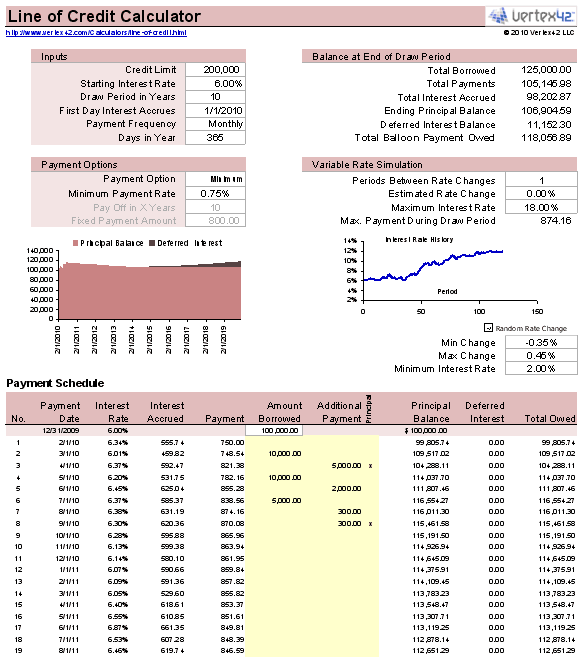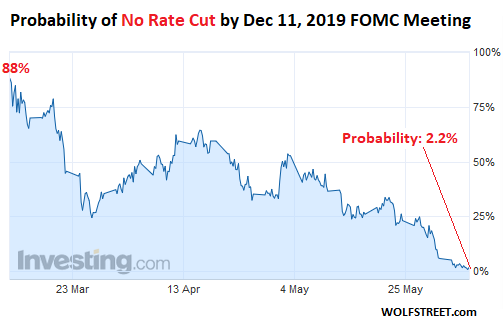Contents:


Accruals are https://1investing.in/s earned or expenses incurred which impact a company’s net income, although cash has not yet exchanged hands. A firm is a business organization—such as a corporation, limited liability company, or partnership—that sells goods or services to make a profit. An accounting standard is a common set of principles, standards, and procedures that define the basis of financial accounting policies and practices.
IMPORTANT: CBSE Marks breakdown charts uploaded with extra sample papers for Class 10 and 12 – ThePrint
IMPORTANT: CBSE Marks breakdown charts uploaded with extra sample papers for Class 10 and 12.
Posted: Thu, 13 Oct 2022 07:00:00 GMT [source]
Streamlined business apps Build easy-to-navigate business apps in minutes. Secure request management Streamline requests, process ticketing, and more. Portfolio management at scale Deliver project consistency and visibility at scale. Content management Organize, manage, and review content production. Financial services Move faster, scale quickly, and improve efficiency. Project management Plan projects, automate workflows, and align teams.
What Is the Chart of Accounts for Nonprofits
Because balance sheets and income statements are based on accounts that are all listed on it, the chart of accounts is a catalog that reflects the entirety of a business’s finances. It separates revenue, expenses, assets, liabilities and equity into different accounts. This separate tracking gives managers a better understanding of where money is coming into and going out of the business on a day-to-day basis. A unified chart of accounts for nonprofits is a financial statement that includes all the assets, liabilities, equity and revenue or expense items. Small businesses might record hundreds or thousands of transactions each year. These main accounts help organize transactions into coherent groups that you can use to analyze your business’s financial position.

A simple way to organize the expense accounts is to create an account for each expense listed on IRS Tax Form Schedule Cand adding other accounts that are specific to the nature of the business. Each of the expense accounts can be assigned numbers starting from 5000. Liability accounts also follow the traditional balance sheet format by starting with the current liabilities, followed by long-term liabilities. The number system for each liability account can start from 2000 and use a sequence that is easy to follow and compare in different accounting periods. Each asset account can be numbered in a sequence such as 1000, 1020, 1040, 1060, etc. The numbering follows the traditional format of the balance sheet by starting with the current assets, followed by the fixed assets.
Off QuickBooks
Net Assets or fund balances represent the net worth of your organization. Liabilities are what you owe, such as payables, accrued expenses, notes payable and deferred revenue. Brainyard delivers data-driven insights and expert advice to help businesses discover, interpret and act on emerging opportunities and trends. My Accounting Course is a world-class educational resource developed by experts to simplify accounting, finance, & investment analysis topics, so students and professionals can learn and propel their careers.
- A bill of lading is a document detailing how goods are being shipped from a seller to a recipient.
- All financial products, shopping products and services are presented without warranty.
- Also, it’s important to periodically look through the chart and consolidate duplicate accounts.
- Interest income such as earned interest on bank accounts or other investments.
The difference is that while IFRS is judgmental, national GAAP is legalistic. While IFRS focuses on disclosure and reporting, national GAAP concentrates on accounting procedure. While IFRS does not prescribe a chart of accounts, national GAAP prescribes one, making unauthorized deviations from this COA punishable by law. When compiling data in your income accounts category, consider anything that brings money into the company, including things like interest income.
What Is Included in a Chart of Accounts?
If you do spot a mistake in the sample chart of accounts numbers, please let us know and we will try to fix it. This column is for information only to indicate whether the account is normally increased by a debit or a credit. For example expense accounts are normally increased by a debit entry, whereas income accounts are normally increased by a credit entry. The account names will depend on your type of business, but the classification and grouping should be similar to the sample chart of accounts. The chart of accounts streamlines various asset accounts by organizing them into line items so that you can track multiple components easily. Asset accounts can be confusing because they not only track what you paid for each asset, but they also follow processes like depreciation.

An account might simply be named “insurance offset.” What does that mean? The bookkeeper would be able to tell the difference by the account number. An asset would have the prefix of 1 and an expense would have a prefix of 5. This structure can avoid confusion in the bookkeeper process and ensure the proper account is selected when recording transactions. The chart of accounts is a list of every account in the general ledger of an accounting system.
The four main account types in a chart of accounts list
The list of each account a company owns is typically shown in the order the accounts appear in its financial statements. That means that balance sheetaccounts, assets, liabilities, and shareholders’ equity are listed first, followed by accounts in theincome statement—revenues and expenses. While the chart of accounts can be similar across businesses in similar industries, you should create a chart of accounts that is unique to your individual business. You should ask yourself, what do I want to track in my business and how do I want to organize this information?
Chart of accounts for nonprofits are often composed in a predetermined order. In other words, the chart of accounts is set up in a hierarchical fashion with one account leading to another account below it. But during setup, a business can adjust the basic structure shown in the previous section to better meet management needs.
Use simple account names
The average collection period formula includes columns for travel dates and purpose, starting and ending points, odometer readings, and total miles. If you are using this sheet to reimburse employees, enter the reimbursement rate at the top of the template to determine the total amount owed. Accounts receivable, aka AR, represents the balance of money due to a firm for delivered but unpaid goods or services delivered to the customer. The COA is a listing of all existing accounts including a description of the specific use of the account.
QuantumScape promised a revolutionary EV battery. Here’s why investors are still waiting – CNBC
QuantumScape promised a revolutionary EV battery. Here’s why investors are still waiting.
Posted: Sat, 11 Jun 2022 07:00:00 GMT [source]
If you are using QB Online, you are limited to using their Classes to track their financial activity, which is not very effective in generating meaningful financial statements. It is possible, but you will end up doing a lot of work outside the system in Excel. Nonprofit organizations should create an organization-specific chart of accounts. Nonprofits will need to include expenses and revenue in their COA, which requires implementing a few tips to maintain the COA. Set up your chart to have enough accounts to record transactions properly, but don’t go over board. The more accounts you have, the more difficult it will be consolidate them into financial statements and reports.

So if you’re ready to turn your chart of accounts into a living accounting system, we’d recommend you start with our free masterclass on nonprofit accounting and reporting. You calculate your equity by subtracting your liabilities from your assets. This calculation is called “the accounting equation,” and it’s the central principle behind all double-entry accounting systems. Your financial reports will be organized according to the accounts in your Chart of Accounts. So it will be much easier to make sense of them if you list accounts in a logical order. Use this mileage log template to track business vehicle use and mileage costs.
Single-entry bookkeeping is a good choice if you run a small, simple business with a low volume of transactions. Every time money enters or leaves your business, it’s recorded once, as a positive or negative value. For your “Other” chart category, include any incomes or expensesthat you consider outside of the shop’s norm.
- Here the links show examples using a construction company as the business example.
- AccountEdge Pro is well-suited for small and growing businesses, offering a wide variety of features including a customizable chart of accounts, along with sales, time and billing, inventory, and payroll modules.
- Obviously, an accountant working at such a company can stop reading and visit some other site.
- It also shows pre- and post-tax deductions, such as 401 contributions and insurance, and federal and state taxes.
Intuit Inc. does not have any responsibility for updating or revising any information presented herein. Accordingly, the information provided should not be relied upon as a substitute for independent research. Intuit Inc. does not warrant that the material contained herein will continue to be accurate nor that it is completely free of errors when published. The following tips will help you set your chart of accounts up for success.